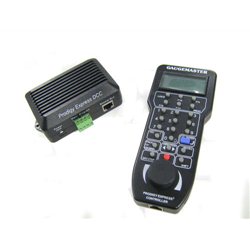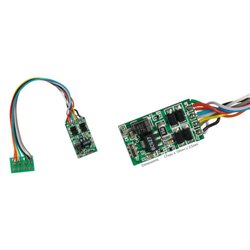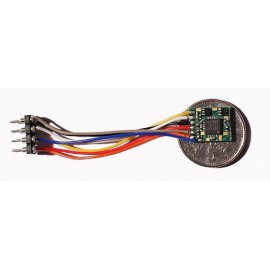Mainline Railways was a British model railway brand that operated between 1976 and 1983, introduced by Palitoy, the...
No products
Product successfully added to your shopping cart
There are 0 items in your cart. There is 1 item in your cart.
Search Tips
Open on Good Friday
The shop will be open on Friday 18th April.
Bring us some chocolate!
What is the voltage on the track when using DCC?
Despite what most places will say, the voltage on the track when using DCC is not 16V. It is not 15V or 12V either.
Actually, as the DCC signal is digital, it is a square wave.
Unfortunately, square waves cannot be measured by standard digital multimeters of the type you are likely to be using. They are designed to measure either DC (analogue) signals or sine waves (like the mains). It means the value you read on the equipment when testing DCC is incorrect.
Yes, most multimeters will display a value in the range 14V to 18V but this is erroneous and is meaningless.
Click here to receive the tips weekly in your mailbox. You can unsubscribe at any time.










